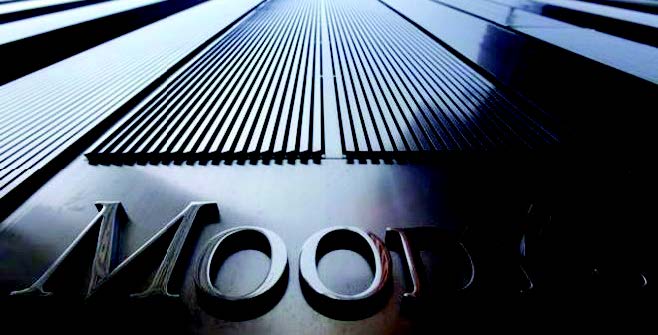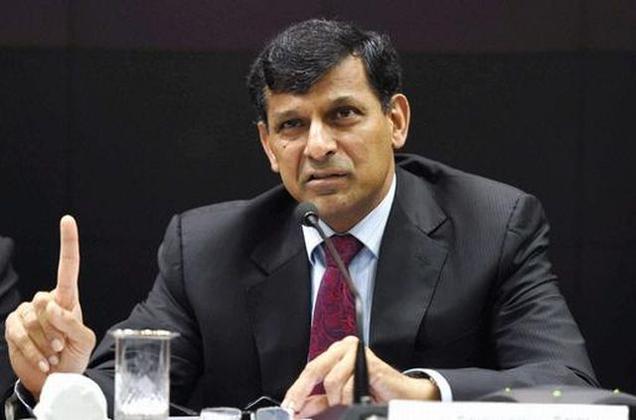
There is a statue of a marauding bull on the Wall Street. But, alas, the fella seems to be having a real bad time. Instead of charging and marauding – as evidenced by the sky-rocketing Dow Jones industrial average which touched the 18,000 mark briefly – it has been one hell of a nightmare for the bull recently.
The fella seems to be lost and does not know what is happening to him. Instead of charging and marauding, he seems to be just meandering. The gyration of the Dow Jones average perfectly sums up the bull’s predicament.
On the other hand, the bull also seems to be hearing the growls of the bear – his mortal enemy – around the corner. The bull hears him but cannot see him and hence the sulking instead of the full blown charge.
But why did the bull enter such a sulking mood that is about to threaten the world economy, putting it into a tailspin from which it would be difficult to recover?
We can start tracing the onset of the current crisis to the meltdown of 2008. With Lehman brothers going belly-up and threatening to take down the global financial sector with it, the central banks stepped in as a lender of resort printing – out of thin air – and pumping in vast amounts of money into the financial sector to prevent its collapse.
But as is the case with nature, all good times come to an end. The party that started in 2008 has to come to an end. And, the end of it seems to be coming in 2015.
There are a number of factors that are fueling the panic in the market. Instead of harping on all them, which is beyond the scope of this article, we will consider only the major ones.
First – and the most important – is China. By engaging in massive stimulus package, China fueled a construction boom which pulled all the sectors of economy with it – ranging from oil to other resources.
But China, now, has entered a slump. Economic growth is now projected to be below 7pc. In order to kick start its economy and the export sector, China has devalued its currency which has sparked a currency war. In addition, China’s massive housing sector is also showing signs of weakness with falling property values.
The second factor is the falling commodity sector – in particular Oil industry. China’s weak economic growth has dampened the demand for oil which has put a negative downward pressure on the oil prices causing turmoil in the oil producing nations and their economies.
The falling oil prices have also put in jeopardy US shale oils sector which had borrowed massively on the market with a conviction – albeit misplaced – that the price of oil would not fall below $80. With Oil prices hovering around $40, US shale oil industry is looking at bankruptcy with all the associated consequences for the economy.
Lastly, but more important, is the US Federal Reserve’s dilly-dallying of the decision whether to raise interest rates or not. Given the lack of signals from the Fed, the investors have been unable to gauge the strength of the market and seem to be lost. The tendency on the part of investors seems to be to flee the market.
No wonder, the bull on the Wall Street is not charging but seems to be sulking and appears ready to flee.
That would be apocalyptic for the economy and world financial system.





Be the first to comment